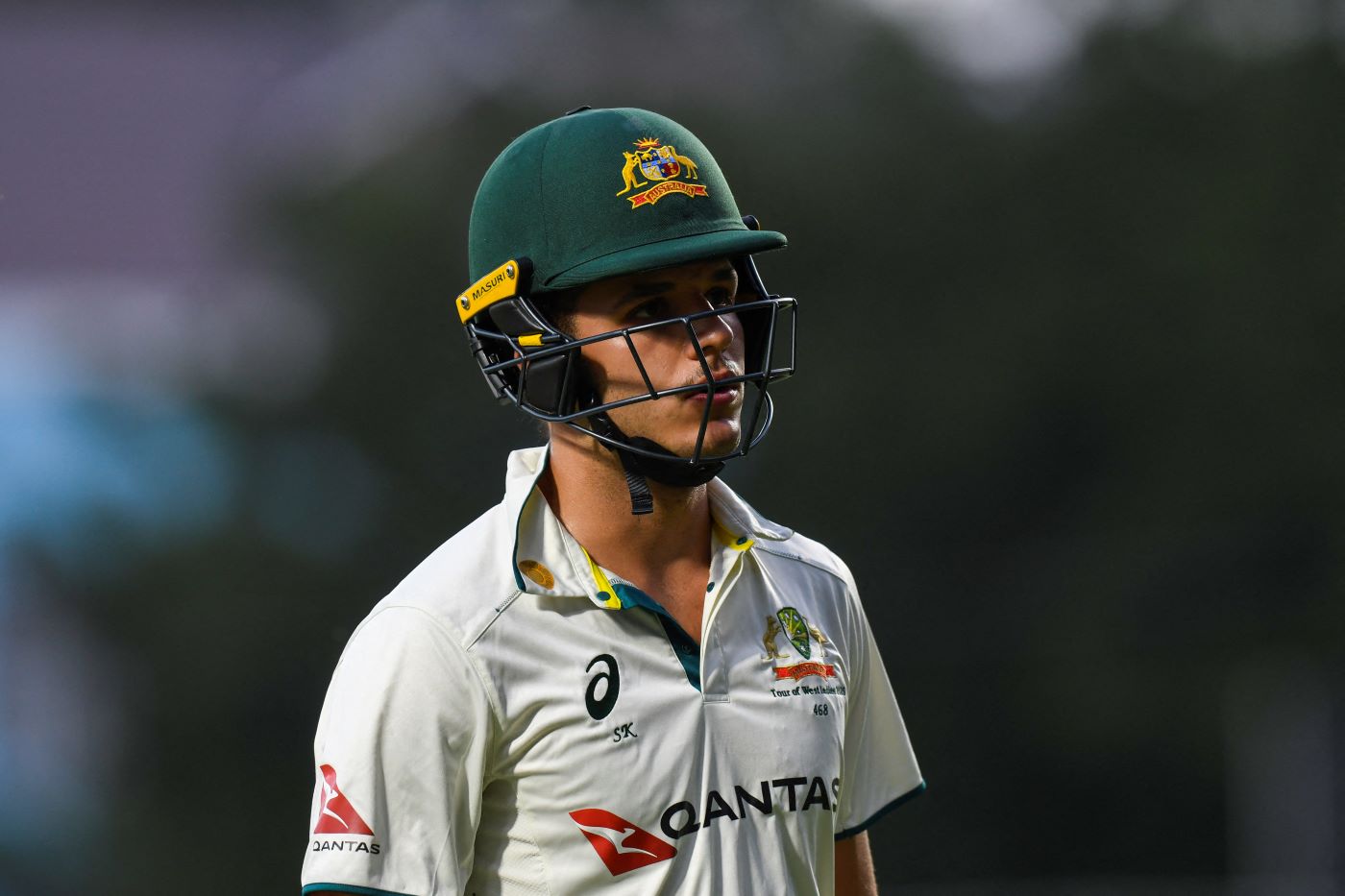Key Components of Effective Senior Leadership Development

Effective senior leadership development is vital for any organization aiming to thrive. It involves aligning development initiatives with organizational goals, conducting thorough self-assessments, and identifying specific skills gaps within leadership teams. Setting clear and measurable goals is fundamental, as is implementing diverse development methods. Furthermore, regularly measuring program effectiveness helps guarantee continuous improvement. Comprehending these components can markedly improve your leadership pipeline, but there’s more to explore in how you can apply these principles effectively.
Key Takeaways

- Align leadership development programs with organizational goals to enhance effectiveness and ensure measurable outcomes.
- Conduct thorough assessments to identify current leadership skills gaps and align them with the organization’s vision.
- Set SMART goals for leadership development that are specific, measurable, achievable, relevant, and time-bound.
- Regularly gather feedback from multiple sources to track progress and identify areas for improvement.
- Continuously evaluate and adjust leadership programs based on performance metrics and evolving organizational needs.
Importance of Aligning Leadership Development With Organizational Goals

When you align leadership development with your organization’s goals, you improve the overall effectiveness of your programs and encourage a more engaged workforce.
By conducting a training needs assessment, you can identify the specific leadership skills that directly support your mission. Organizations prioritizing this alignment in senior leadership development are more likely to reveal extraordinary potential.
Clear objectives tied to organizational goals facilitate measurable outcomes, allowing you to assess the impact of the program on business performance.
Regularly revisiting and adjusting your strategies based on changing needs guarantees long-term success and adaptability. This proactive approach not only improves performance but also cultivates a culture of continuous improvement, crucial for thriving in today’s dynamic business environment.
Conducting Comprehensive Self-Assessments

Aligning leadership development with organizational goals sets the stage for effective self-assessment practices.
Conducting thorough self-assessments helps you understand your executive leadership skills and areas for improvement. Here’s how you can approach this process:
- Gather feedback from colleagues, supervisors, and subordinates for a holistic view of your leadership style.
- Utilize professional assessments to pinpoint strengths and weaknesses in communication, decision-making, and emotional intelligence.
- Engage in self-reflection, considering your experiences, successes, and challenges to encourage personal growth.
- Regularly revisit your self-assessment methods to stay aware of your evolving capabilities and the changing demands of your role.
Through these steps, you can develop targeted leadership skills that align with both your personal aspirations and organizational objectives.
Identifying Leadership Needs and Skills Gaps

To effectively identify leadership needs and skills gaps, start by conducting a thorough assessment of your current leadership team. Utilize surveys and evaluations to pinpoint areas where leaders may lack significant skills or knowledge.
Align these identified needs with your organization’s vision, mission, and values, ensuring that your senior leadership training addresses specific competencies required for achieving long-term goals. Analyze organizational goals to highlight necessary leadership traits needed to adapt to industry trends and employee needs.
Furthermore, compare your existing leadership development programs against industry benchmarks to identify gaps and improvement areas. Regular feedback from program participants and stakeholders is vital for recognizing skills deficiencies and determining necessary adjustments to your leadership development opportunities.
Setting Clear Leadership Development Goals

Setting clear leadership development goals is crucial for guiding your growth and guaranteeing that your efforts align with both personal aspirations and organizational needs.
For senior leaders, defining these goals requires a SMART approach. Consider the following aspects:
- Specific: Clearly outline what you want to achieve.
- Measurable: Determine how you’ll track progress.
- Achievable: Set realistic goals that challenge you but are attainable.
- Relevant: Verify goals align with organizational demands and your career aspirations.
Regularly reassess your skills and goals to stay adaptable in a changing environment.
Identifying necessary skills for each goal improves accountability and progress tracking, making your development initiatives more effective.
Prioritize these goals to build a strong leadership pipeline that supports long-term success.
Implementing Diverse Development Methods and Strategies

Implementing diverse development methods and strategies is key to promoting effective leadership growth among senior leaders. A blended delivery approach, combining in-person training with online learning, improves flexibility and accessibility, catering to various learning preferences.
Incorporating both formal programs and informal, bite-sized learning options keeps senior leaders engaged and helps with knowledge retention. Mentorship programs and coaching offer personalized guidance, essential for refining leadership skills and addressing complex challenges.
Job rotation opportunities enable senior leaders to gain new perspectives and competencies within the organization. Finally, establish regular feedback mechanisms, like performance metrics and participant surveys, to assess the impact of these diverse methods, ensuring alignment with your organization’s goals and the continuous improvement of leadership development efforts.
Measuring and Analyzing Program Effectiveness

Measuring the effectiveness of leadership development programs is crucial for ensuring they meet organizational goals and cultivate growth among senior leaders.
To evaluate these programs successfully, consider the following methods:
- Gather regular feedback from colleagues, subordinates, and superiors to pinpoint improvement areas.
- Use performance metrics like increased team productivity and decreased employee turnover to gauge success.
- Conduct self-assessments that allow leaders to track their progress and see training impacts over time.
- Compare actual outcomes against set goals to identify gaps and inform necessary adjustments.
Conclusion
In conclusion, effective senior leadership development requires alignment with organizational goals, thorough self-assessments, and the identification of skills gaps. By setting clear, measurable objectives and employing diverse development strategies, you can cultivate a strong leadership pipeline. Regularly measuring and analyzing program effectiveness guarantees continuous improvement and adaptation to changing needs. By following these key components, you’ll improve leadership capabilities, eventually driving your organization toward success. Prioritize these aspects to create a robust leadership development framework.
Image Via Envato
This article, "Key Components of Effective Senior Leadership Development" was first published on Small Business Trends
What's Your Reaction?
 Like
0
Like
0
 Dislike
0
Dislike
0
 Love
0
Love
0
 Funny
0
Funny
0
 Angry
0
Angry
0
 Sad
0
Sad
0
 Wow
0
Wow
0




























































































